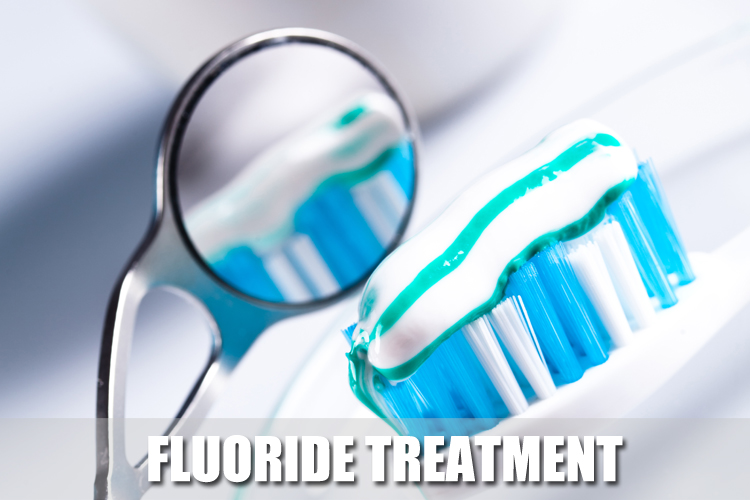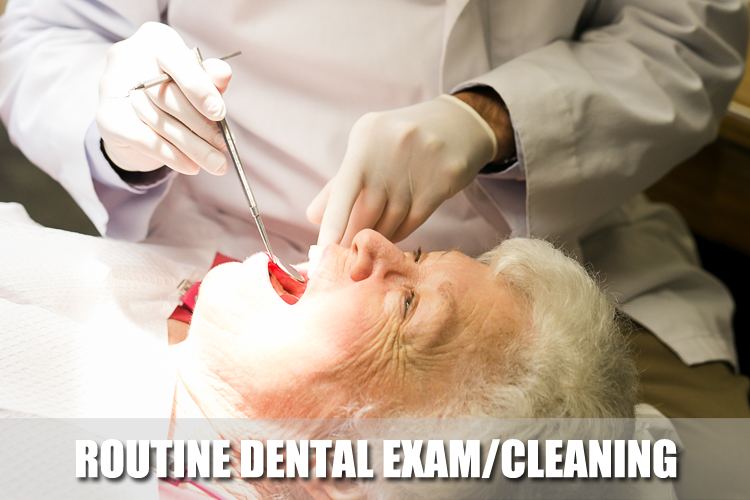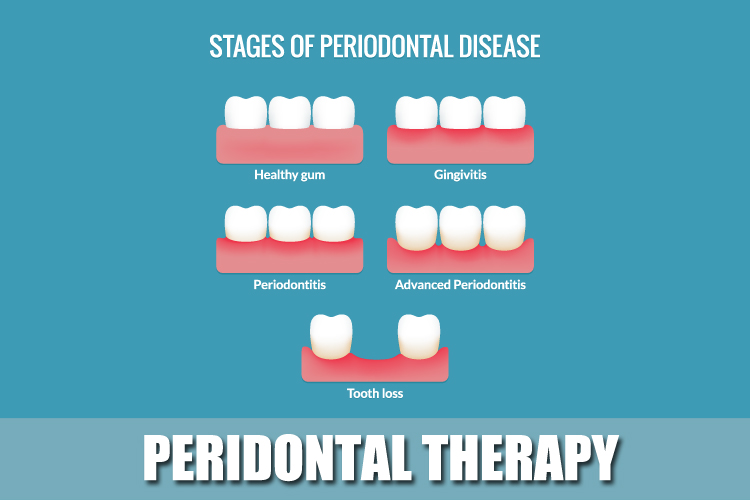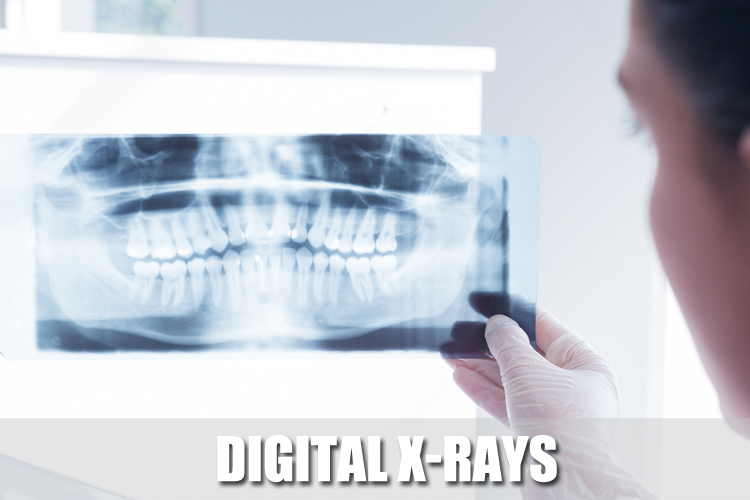Dr. Dyer Family Dentistry Preventative Services
Please click on the preventative service you are interested in for more information.

Oral cancer is best identified by early screening. The two most common ways of detecting oral cancers is through visual inspection and cytology. When cancer is detected and treated early, other related health issues that are a result of treating cancer are drastically reduced.
When you visit your dentist for oral cancer screening, the dentist will check for oral cavity which includes checking your lips, gums, cheek lining floor of the mouth under the tongue, the front part of the tongue and the roof of the mouth. During the visit, the dentist will ask you about your health history. This will enable the dentist to determine the chances of you contracting oral cancer. It is important to point out that regular visits to the dentist will significantly improve the chances of dealing with disease in case of an early detection. Some of the symptoms may include:
- Persistent irritation and sore throat
- Pain or numbness in the mouth and lips
- Difficulty in chewing, swallowing, speaking and even moving your tongue freely
- Difficulty in moving your jaw

Benefits of Fluoride Treatment
- Curbs Tooth Decay – One major benefit of visiting Dr. Dyers office is that the treatment helps avert tooth decay. It also reverses any erosion that has already occurred. If a plaque forms on your teeth and eats away at the enamel, undergoing a fluoride treatment can replenish the eroded minerals in the enamel. In so doing, your teeth stay healthy.
- Prevents a Build–up near the Gums – Fluoride treatment is particularly beneficial to children who are below six years. Although these kids have not yet permanent teeth yet, fluoride treatment helps fight gingivitis and stops bacteria from growing around the gums. In the end, you obtain long-term dental health.

A routine dental exam and cleaning is recommended every 6 months to maintain good oral health. Each patient will receive digital xrays to screen for any cavaties and bone loss as well as get a full cleaning. Most patients choose to have a fluoride treatment along with a deep clean and polish.

Periodontal therapy is a non surgical treatment meant to address periodontal health problems. This therapy is achieved in the least invasive and cost effective way. It helps in dealing with dental problems that do not require surgery or other painful procedures.
Gum disease or otherwise known as gingivitis is the inflammation of the tissues supporting and around your teeth. This can come as a result of poor dental hygiene. Some gingivitis can be very serious, as others can be very mild. You’ll notice swollen, red gums which easily bleed when brushing. Here are a couple of quick things you can do in your home to help prevent and cure gum disease.
- Brush your teeth for at least 2 minutes twice daily
- Use tooth paste that contains fluoride and prevents tooth decay
- Floss your teeth regularly
- Try not to smoke
- Visit our office 2 times a year for a cleaning

In the recent years dental technology has improved the way dentists offer the services. Modern technology and techniques have enabled patients to receive dental services and treatments without the excruciating pain that is associated with such treatments. Digital X-ray is one of the latest technological advancements that are enabling dentists to offer quality services without putting their customers through a lot of pain. This service has the following advantages:
- Less radiation
The equipment that is used in digital X-ray exposes patients to minimal radiation. When compared to film x-ray, digital –x-ray uses up to 90 percent less radiation. This therefore means it is safe and convenient.
- Higher quality images
Images obtained using digital x-ray are clear, can be enlarged for enhanced viewing and they allow adjustments to be made as far as contrast, brightness and color are concerned.
- Reduced Dental appointments
The time spent during appointments is reduced. It takes a few minutes for the entire x-ray process to be complete. This is because the sensor develops the picture instantly and projects it into a computer screen set before you.


